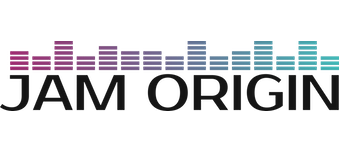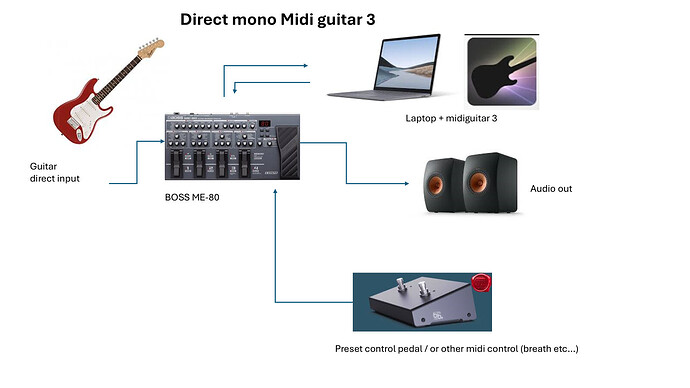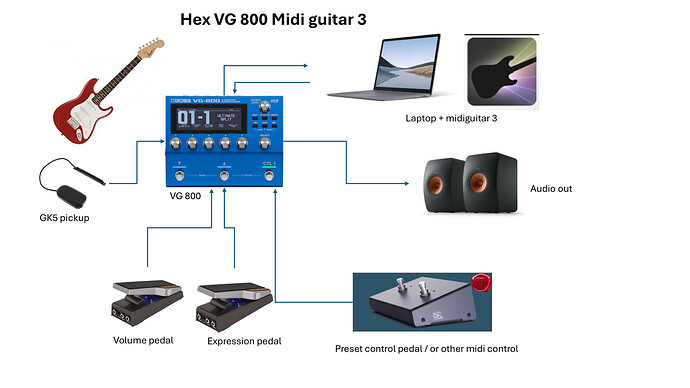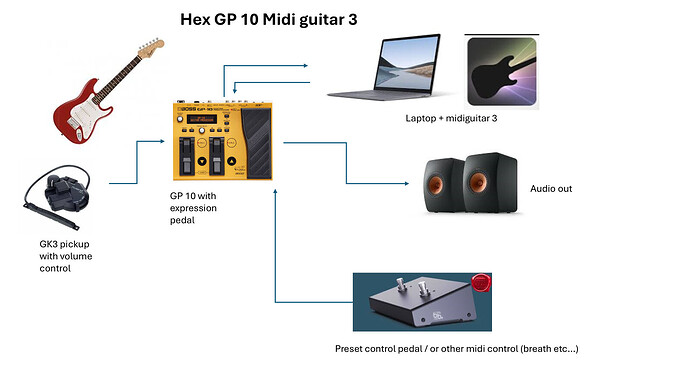I suggest you go onto YT and watch a lot of videos before you buy anything.
Look at Midi Guitar 3 videos. I agree with @Vaultnaemsae, the ones from @LoFiLeif are awesome. Find his YT page and start with the video , “Starting With Midi Guitar 3”. It was posted about 8 months ago.
Next, look at videos of the Boss / Roland GK devices. You can categorize them by product type as well as cost.
For example, the Boss VG-800 and SY-1000 are guitar modelers with some synth-like sound types. But their main focus is modeled sound output, even though both can also do pitch to MIDI conversion.
In comparison, the Boss GM-800 is a guitar to MIDI converter with a built in tone module that has versions of many classic Roland synths preloaded in its hardware.
If I remember correctly, the Boss GP-10 does some of both: guitar tone modeling and pitch to MIDI, with some Roland synth sounds built in. It is also the cheapest of all of these units. But it is also an older product, with far fewer capabilities than the others listed above.
All of the above products can send the hex audio stream from an connected GK pickup directly to a computer via USB. This function is critical for use of MG3 Hex.
I currently have a Roland VG-99 (older than even the GP-10) and while I love it for what it does, I’m selling it because it cannot send the hex signal from my GK-3 pickup directly to a computer via USB.
I am replacing the VG-99 with a Boss VG-800. The GM-800 is a nice unit, but it is somewhat redundant with MG3. I have a huge collection of virtual instruments that I can play via MG3 hex. I can also buy the Roland software instruments that come pre-loaded in the GM-800.
In comparison the VG-800 gives me all sorts of added guitar tones not available in the GM-800. Plus alternate tuning and a lot of other great features.
Note that even if you own a multi-effects pedal, the VG-800 can also be a standalone multi-effects unit. It will have a lot of great effects from the Boss pedal line. So it will cover a lot of ground your other pedal might not cover. You can also use the GM-800 as a multi-effect with MG3.
And IMHO the VG-800 is worth the extra cost over the GP-10.
The other way to get the hex audio output from a GK pickup is to use a breakout device. I have been using a RMC fanout box with my GK-3 pickup to send analog hex audio to my Universal Audio Apollo interface, which connects to my Mac (which I prefer over a PC, but it would work fine either way). That gets me the hex audio signal to drive MG3 Hex.
You can’t buy the Fanout Box any more, but you can get a hex breakout cable. They are easy to find and cheap.
Now the “here is what you absolutely need” to run Midi Guitar 3 section.
- a computer to run MG3
- an audio interface*
- a GK pickup**
- the Boss VG-800 or GM-800 or GP-10 or SY-1000 are all USB audio interfaces. As I said above, I’ve been using a stand alone audio interface and my Fanout Box to send hex audio from my pickup to my Mac. But I will use the VG-800 when I get it instead of my Apollo audio interface. Note that any audio interface with a single line level input can accept a mono signal from a guitar plugged into a direct box. That will allow you to use MG3 in mono mode, but not hex mode.
** I use a GK3 pickup and have a Brian Moore i213 guitar with built in piezo hex pickup from RMC. So to connect to the VG-800 which only has a serial GK input I need a GKC-AD box. The GK-5 pickup can connect directly to the VG-800.
Finally, I must mention that you may not be aware of a very powerful use for the hex audio output from a GK pickup.
Once you have the separate audio stream from each of your guitar strings recorded into your DAW, you can process the audio the same way you’d process audio from your mono guitar pickups. The huge difference is that with each separate string you can do different processing individually on each string.
You can do any processing you want on each string. For example, you could add amp sim plugins, effects plugins or even use external pedals on separate strings.
Specifically, I recommend the Blue Cat Audio Re-Guitar plugin. It allows you to select a guitar pickup type on each string. I can use the same type (say a Strat pickup) across all of the strings or I can do three strings as a Strat and three as a Les Paul.
Once I get the guitar pickup sound I like I add amp sims and effects.
But the best part is that you can resend the hex audio streams back to your Boss VG-800 and do all of the above on a string by string basis. So for example, you could create a 4 string guitar on your upper four strings and a two string bass (VG-800 also does bass modeling).
Then you could add an octave above the first four strings, creating the top four strings of a 12 string guitar.
Just send the processed sounds via USB back into your DAW for recording. This is a very powerful method of using hex guitar for almost limitless creative sounds.
Hope this helps. I know there’s a lot to digest. Take it slow and really get to understand each part before you go onto another.



